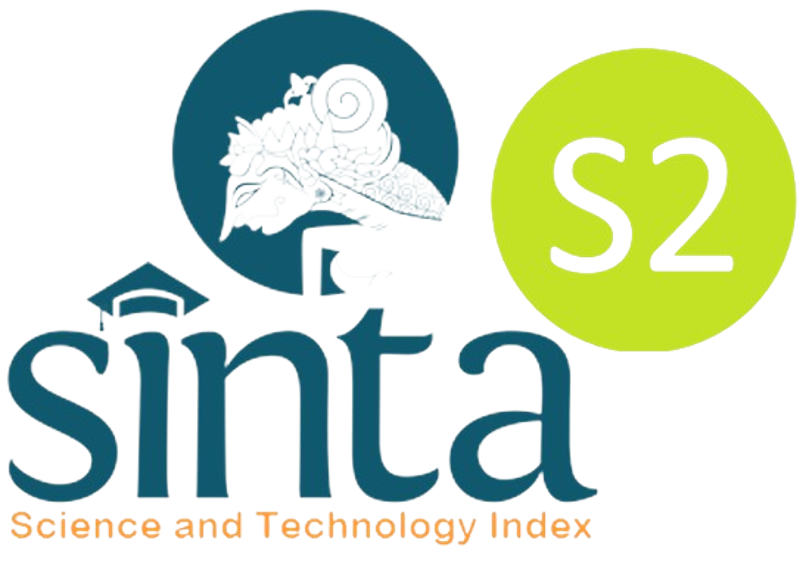A Causal-Comparative Analysis on the Integration of Bionic Fonts in Science Reading Materials
Abstract
Abstract: A Causal-Comparative Analysis on the Integration of Bionic Fonts in Science Reading Materials. Objectives: The study aimed to evaluate the effect of Bionic fonts on reading speed and comprehension levels among Filipino 10th grade students. Methods: The study involved 490 Filipino 10th graders, utilizing Mann-Whitney U-tests for quantitative analysis and thematic analysis for student attitudes towards Bionic fonts. Findings: The study found comparable reading speed and comprehension levels in Bionic and Traditional font groups, with most participants categorized as "Slow Readers" with "Instructional" or "Frustration" levels. The Mann-Whitney U-tests also showed no significant differences in reading speed or comprehension. Conclusion: The findings called into question previous claims about the consistent benefits of Bionic Fonts, highlighting the necessity of tailored font designs for optimal reading experiences, especially in scientific contexts.
Keywords: bionic fonts, bionic reading, reading speed, reading comprehension, science educational materials.
DOI: http://dx.doi.org/10.23960/jpp.v14.i1.202405
Full Text:
PDFReferences
Braun, V., & Clarke, V. (2006). Using
thematic analysis in psychology. Qualitative Research in Psychology, 3(2), 77–101.
Beier, S., & Oderkerk, C. (2021). The
effect of age and font on reading ability. Visible Language, 53(3).
Bernard, J., Kumar, G., Junge, J., &
Chung, S. T. L. (2013). The effect of letter-stroke boldness on reading speed in central and peripheral vision. Vision Research, 84, 33–42.
Doyon, D. (2022a). Does bionic reading
actually work? Test for yourself! Readwise Blog.
Doyon, D. (2022). Does bionic reading
actually work? We timed over 2,000 readers and the results might surprise you. Readwise Blog.
Gencoglu, B., Helms-Lorenz, M.,
Maulana, R., & Jansen E.P.W.A. (2021). A conceptual framework for understanding variability in student perceptions. Frontiers in Psychology, 12.
Johnson, R. B., de Waal, C., Stefurak, T.,
& Hildebrand, D. L. (2017). Understanding the philosophical positions of classical and neopragmatists for mixed methods research. Kölner Zeitschrift für Soziologie und Sozialpsychologie, 69(S2), 63–86.
Kuster, S. M., van Weerdenburg, M.,
Gompel, M., & Bosman, A. M. T. (2018). Dyslexie font does not benefit reading in children with or without dyslexia. Annals of dyslexia, 68(1), 25–42.
Organisation for Economic Co-operation
and Development (2019). PISA 2018 results (volume I): what students know and can do. PISA. OECD Publishing, Paris.
Organisation for Economic Co-operation
and Development (2023). PISA 2022 results (volume I): the state of learning and equity in education, PISA. OECD Publishing, Paris.
Palmén, H., Gilbert, M. D., & Crossland,
D. S. (2023). How bold can we be? The impact of adjusting font grade on readability in light and dark polarities. CHI ’23: Proceedings of the 2023 CHI Conference on Human Factors in Computing Systems.
Picardal, M. T., & Paño, J.D. (2018).
Facilitating instruction of central dogma of molecular biology through contextualization. Journal of Teacher Education and Research, 13(2), 118.
Picardal, M. T. (2019). Does conceptual
change process of instruction promote scientific understanding of biological evolution? Liceo Journal of Higher Education Research, 15(2).
Picardal, M. T., & Sanchez, J. M. P.
(2022). Effectiveness of contextualization in science instruction to enhance science literacy in the Philippines: a meta-analysis. International Journal of Learning, Teaching and Educational Research, 21(1), 140–156.
Yu, X., & Khazanchi, D. (2017). Using
embedded mixed methods in studying is phenomenon: risks and practical remedies with an illustration. Communications of the Association for Information Systems, 41, 18–42.
Refbacks
Copyright (c) 2024 Jurnal Pendidikan Progresif

This work is licensed under a Creative Commons Attribution-ShareAlike 4.0 International License.
View My Stats

The copyright is reserved to The Jurnal Pendidikan Progresif that is licensed under a Creative Commons Attribution-ShareAlike 4.0 International License.






